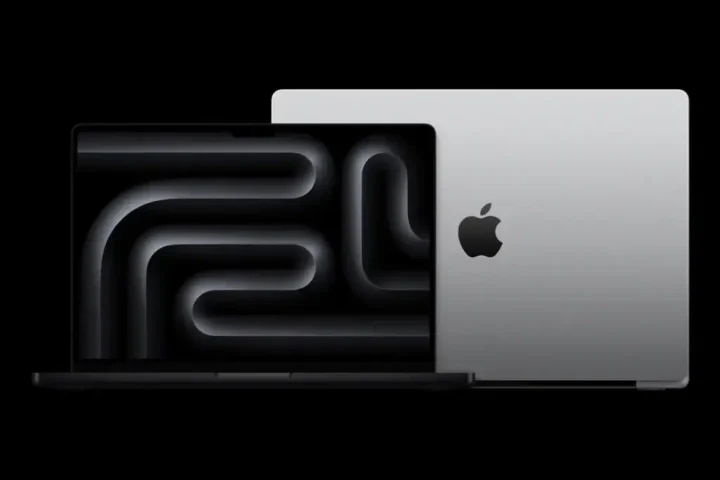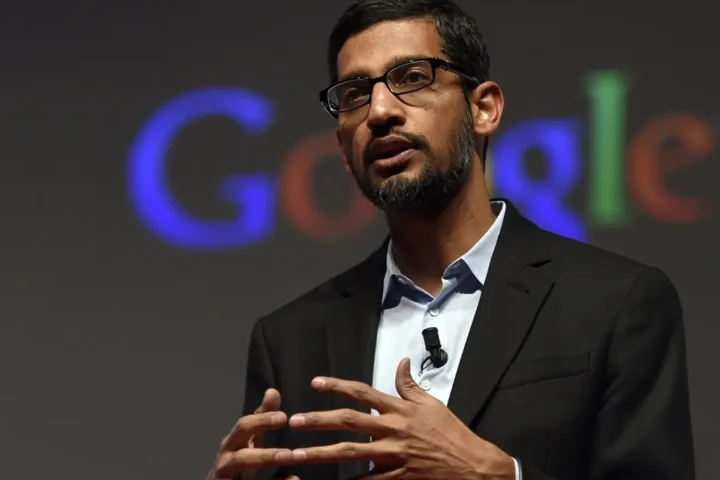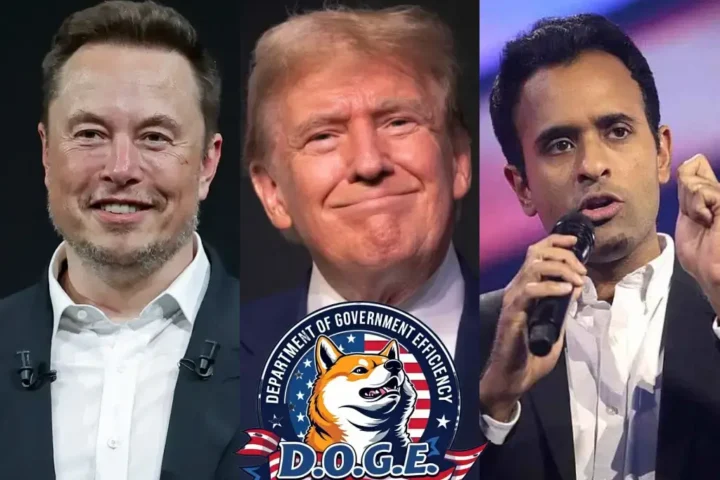Table of Contents
Today, people do not think twice about where their gadgets are sourced and what consequences certain applications have on the environment. Reports reveal that the information and communications technology (ICT) sector for all that keeps our mobile phones and cloud solutions going could be responsible for as much as 14% of global greenhouse gas emissions by 2040. This was 1.4% a few years ago, and it can be substantially noticed that with the growth in the tech space, the carbon footprint is only going to expand.
The good news? It is emerging to obtain sustainable and environmentally friendly software with reduced energy consumption. It is called green software, and soon it will be instrumental in reducing emissions; you do not need a crystal ball to see that. Having creators build and support more efficient software means people don’t need to enhance the technology for its optimal efficiency in terms of energy consumption; additionally, it means that our devices may last longer than we expect. Here is how the benefit of developing green software could assist everyone in reducing its impacts on the environment.
The covert carbon footprint of our gadgets
It will surprise you how your phone, computer, or tablet has a particular eco-cost implication even before you own it. For devices such as smartphones, about 80% of the total carbon emissions are emitted during manufacturing, which consists of procuring the materials, assembling the components, and delivering the products. This is popularly known as embedded or embodied carbon, a fact that clouds the image by telling us that a chunk of a device’s emissions occurs at the inception of its lifecycle.
This is why it’s so critical to extend the lifespan of our devices whenever possible, and you will get more info here about all that. To many smartphone users, their phone is as usable even after the manufacturer stops releasing new updates to install. But as tech companies like Apple, Samsung, and Google gradually stop supporting older models, users are often left with two choices: keep using an old model phone with probable security risks or acquire a new one. As a rule, given the options, they go for the second one, and thus, with every innovation, the emission levels go up.
Thus enters green software, which attempts to mitigate what would otherwise be the hardware upgrade imperative through improving software energy efficiency and prolongation of the usable life of existing devices.
A Sustainable Solution: /e/OS and the Rise of Open-Source Operating Systems
Another key player in the green software industry is /e/OS, a Linux distribution based on Android, and its primary mission is to preserve the security and performance of old smartphones. Founded by Gaël Duval, EOS offers an opportunity for device owners whose gadgets are no longer updated by their original creators. Unlike Apple, /e/OS provides updates with protection from threats and gets the old phone as close to the new as possible to make clients happy.
For example, Samsung removed the support for the Galaxy S7 several years ago, but /e/OS keeps this phone functional by providing updates for it for another 5 years or even more. It must be pointed out that /e/OS aims at prolonging the use of over 200 models of devices, some of which are as old as 10 years old, thus reducing the need for new phone purchase and usage and, therefore, the disposal of old phones. While doing so, it also eliminates the cost of fuel from the consumer’s pocket as well as cuts down drastically on carbon emissions during manufacturing.
Making Software More Energy Efficient
Green software is not only about the lifecycle extension of the old devices; it is equally much about the construction of the applications and software that in themselves drink less power. Applications such as games engage user interface designs that do not drain the battery of the phone or tablet on which the application is run. However, the latest generation of code is hosted on large machines in data centers and requires a significant amount of power to run; many of these systems are even run 24/7.
Developers have long been unconcerned with the energy utilization of the server application because there has hitherto been no major motivation to be concerned with it. But today, there is a tool that lets developers measure and reduce the carbon footprint of software, and it’s called the Software Carbon Intensity (SCI) specification from the Green Software Foundation. While the SCI specification accounts for the emissions that result from the software when running, it also takes into account carbon embodied in the hardware that forms the executing system.
The idea behind SCI is simple: By labeling software apps according to their carbon intensity, the creators can monitor their improvements to decrease emissions. It also helps the tech companies to provide targets for sustainability and then ensure that the teams embrace them.
Tackling code smells for leaner applications.
A code smell refers to signs in software that indicate poor design and could be placing unplanned stress on a program’s energy consumption. It means there are comments and signs within a codebase that will show that it is inefficient or even uses a resource more than it has to.
For example, it is possible to write code, which demands the respective software to request data from a server each time it takes several seconds, while updates are necessary not more frequently than within a minute. By making these processes better, developers are able to build better software that will execute at light speed and take less power, thus being sustainable.
The ecoCode project has accepted the challenge of writing up a catalog of the most frequent code smells and some tips on how to minimize them. Launched by Sonar, a software analysis company, ecoCode persuades programmers to remove unnecessary code or code that consumes an excessive amount of processing power and to minimize applications to as lean as possible. In other words, eco code plays a role in checking software consumption per functionality and making sure that the software we use is lean and greener without compromising its usability or stripping it off unneeded enhancements.
Big Tech Takes Notice
At least leading companies in the tech industry are starting to pay attention to the concept of green software. Proprietary tech giants such as Google, Microsoft, and Intel have signed up to be part of the Green Software Foundation as an indication that they are willing to cut carbon footprints in their software. These big players are encouraging the use of the SCI specification and good code sustainability practices to other players in the industry.
While at present only roughly 10% of large companies worldwide require sustainability in the software purchasing criteria, this figure should reach 30% by 2027 based on a report by Gartner. This trend demonstrates that sustainability is a growing factor decision that is now being considered as a strategic marketing measure by an increasing number of companies.
As a leader of the Green Software Foundation, Asim Hussain says that it is many times easier to decommission emissions from the software industry than from aviation or heavy industries. If the tech industry wants to address the problem, it needs to start dreaming about reducing emissions now, as long as it’s starting to focus on green software.
Towards a sustainable future in software engineering
The tools and standards for green software development are available, but ensuring that companies use them is another issue. Creating a culture of sustainability can be a significant issue when it comes to tech teams because computer programmers are usually focused on client demands and meeting deadlines, not the ecological impact of their products.
Peter Campbell, director of green software at Kainos, an IT services company, narrated his experiences when his company tried to promote sustainability through its software developers, among the 500 engineers and product designers it has. However, Campbell has realized that training is insufficient; sustainability must become a value that is espoused and practiced at the organizational/project’s requisite level. Thus, over time, it is possible to establish green software principles as the firm is provided with motivation for adopting environmentally friendly practices along with goals and responsibilities.
The Future of Green Software
In every given functional area, green software is still relatively in its early days and has not begun to reach its potential yet. Because of this, expect that as many firms embrace sustainability, new implements, benchmarks, and practices will develop. Lastly, the lengthy ambition is to change green software to be the norm rather than the norm of green in the technological solutions delivery process.
Finally, green software could change the whole tech industry by improving both its efficiency and its relationship with the environment. From making our devices last longer, and refining code, to making companies pay for their carbon intensity scores, green software is one step closer to a greener, tech-based world.
If people start paying attention to sustainability in digital life, starting with applications and devices that we install and buy, respectively, it will be possible for the ICT sector to lower the carbon footprint levels that harm the current generation, let alone future generations.












